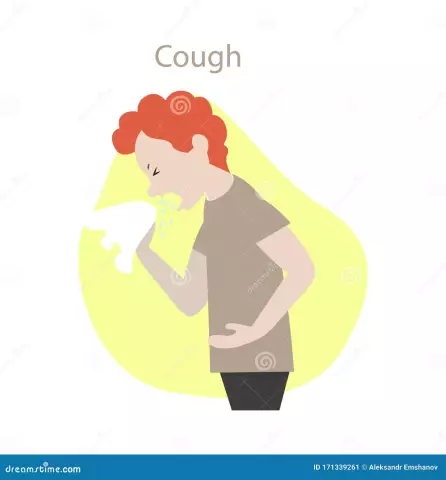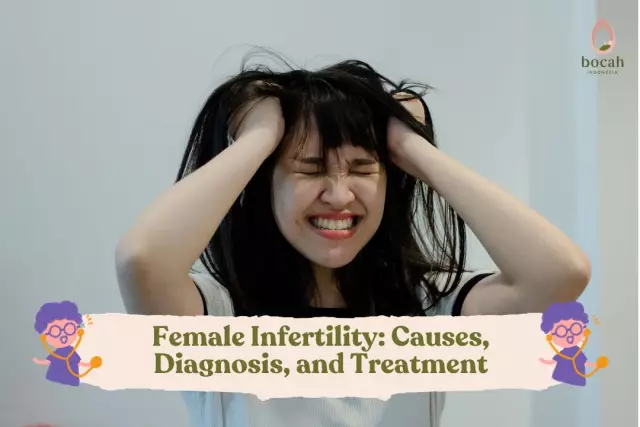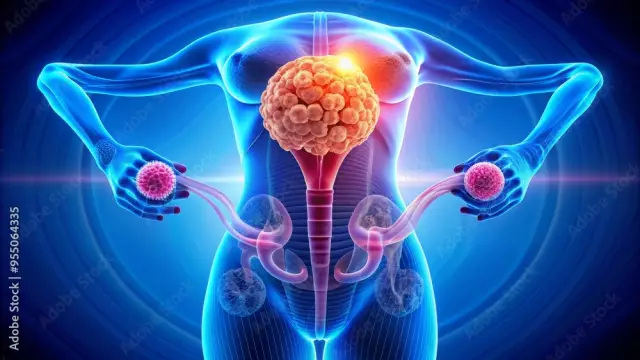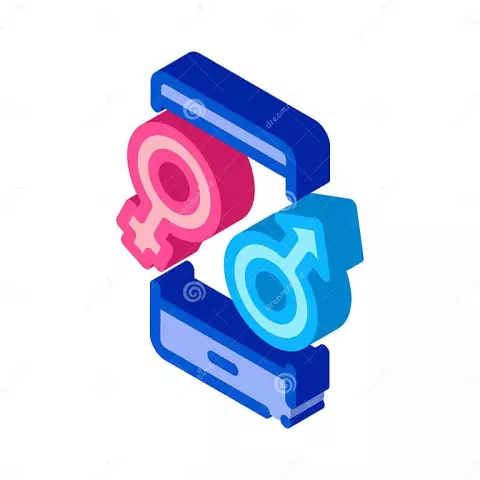- Author Rachel Wainwright [email protected].
- Public 2023-12-15 07:39.
- Last modified 2025-11-02 20:14.
Female abortion
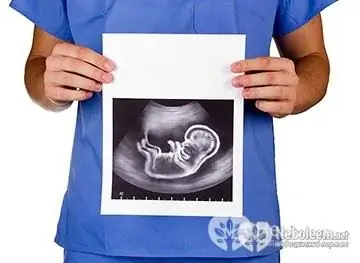
According to statistics, today there are about three abortions per childbirth. If a pregnant woman has decided to have an abortion, then she must understand the features of this procedure, find out if it hurts to have an abortion, and what complications await her in the future.
Abortion can be induced or spontaneous. Sometimes termination of pregnancy is indicated for health reasons or in connection with fetal malformations. Medical indications include chronic diseases of the eyes in women, kidneys, lungs, cancer and cardiovascular diseases.
Regardless of whether a female abortion is shown or the patient goes to it of her own free will, it is necessary to weigh the pros and cons of such a decision and realize that in some cases, termination of pregnancy can provoke the development of very complex diseases.
Female abortion - general algorithm of actions
If a woman decides to have an abortion, she should contact the antenatal clinic first. No initiative is allowed in this matter. Only a gynecologist, on the basis of tests, examination and questions, can set the correct date, determine the state of pregnancy and recommend a method for terminating pregnancy.
Also, a woman will have to be observed by a gynecologist for some time after the abortion. This is necessary in order to identify complications and prescribe their timely treatment.
Female abortion methods
First of all, the doctor determines the duration of pregnancy, since the method of termination of pregnancy largely depends on this. Abortions are allowed up to 22 weeks of gestation. If the gestation period is up to 12 weeks, then the female abortion is called early, if within 13-22 weeks - late.
The following types of abortion are known:
- Vacuum or mini abortion. This method is used in the early stages - up to 28 days after conception. The procedure itself is carried out with the help of an electric pump, which removes the ovum. Many are interested in the question of whether it hurts to have an abortion. Anesthesia in this case is not applied, the procedure itself is rather unpleasant and gives discomfort, but not pain.
- Medical abortion. This method is permissible for periods of pregnancy up to 8 weeks, it involves taking special medications (prostaglandins) that provoke a spontaneous abortion. The miscarriage begins either immediately or after a few hours and is accompanied by bleeding, as with menstruation. Two weeks after the female abortion, the patient should visit a gynecologist to ensure that the abortion went smoothly and without complications. In about 1 out of 10 cases, the fetus does not come out completely, then the woman is sent for a surgical abortion.
- Classic abortion (medical). This operation is performed up to 12 weeks of pregnancy. The fetus is surgically removed from the uterus. In this case, you first need to open the cervix using a dilator, after which the gynecologist, using a special tool, scrapes the ovum from the uterus together with the placenta. After a medical abortion, a scar remains on the uterus for life.
- Female abortion at a later date. In the later stages, abortion is performed by artificial childbirth, vaginally or by caesarean section.
Consequences of female abortion
As any doctor from the antenatal clinic will say, an abortion can harm a woman's health, regardless of how long it will be done. Nevertheless, according to statistics, late abortions have more negative consequences not only physically, but also psychologically.
Each organism is individual, so it is difficult to predict its reaction to external intervention, in addition, a female abortion brings hormonal and physiological changes.
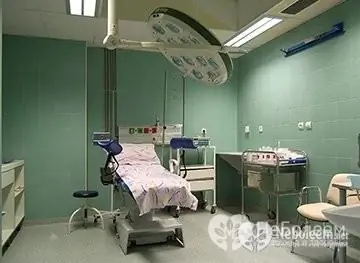
The consequences of abortion are dangerous in that they tend to manifest themselves not immediately, but after a while. With an early abortion, the following consequences are possible:
- Complications after anesthesia;
- Bleeding;
- Damage to the walls and cervix, abdominal organs;
- Incomplete removal of tissue in the uterus.
Complications of late abortion include:
- Various infectious processes;
- Inflammation of the tissues of the uterus (endometritis, parametritis);
- Peritonitis (inflammation of the peritoneum);
- Placental polyp;
- Post-abortion syndrome (psychopathological symptoms);
Long-term consequences of female abortion:
- Menstrual irregularities;
- Obstetric pathologies of varying severity;
- Chronic diseases of the genitourinary system;
- Premature birth during subsequent pregnancy (especially if the abortion was performed during the first pregnancy);
- Infertility;
- Myoma of the uterus.
Every woman should know that cancer can also be a consequence of abortion. This happens for the reasons that during pregnancy, the woman's body is rebuilt gradually, and abortion removes all these changes instantly. There is also a dysfunction of the mammary glands, ovaries, etc. Such a strong disruption in the hormonal activity of the body leads to the appearance of various tumors.
Found a mistake in the text? Select it and press Ctrl + Enter.


